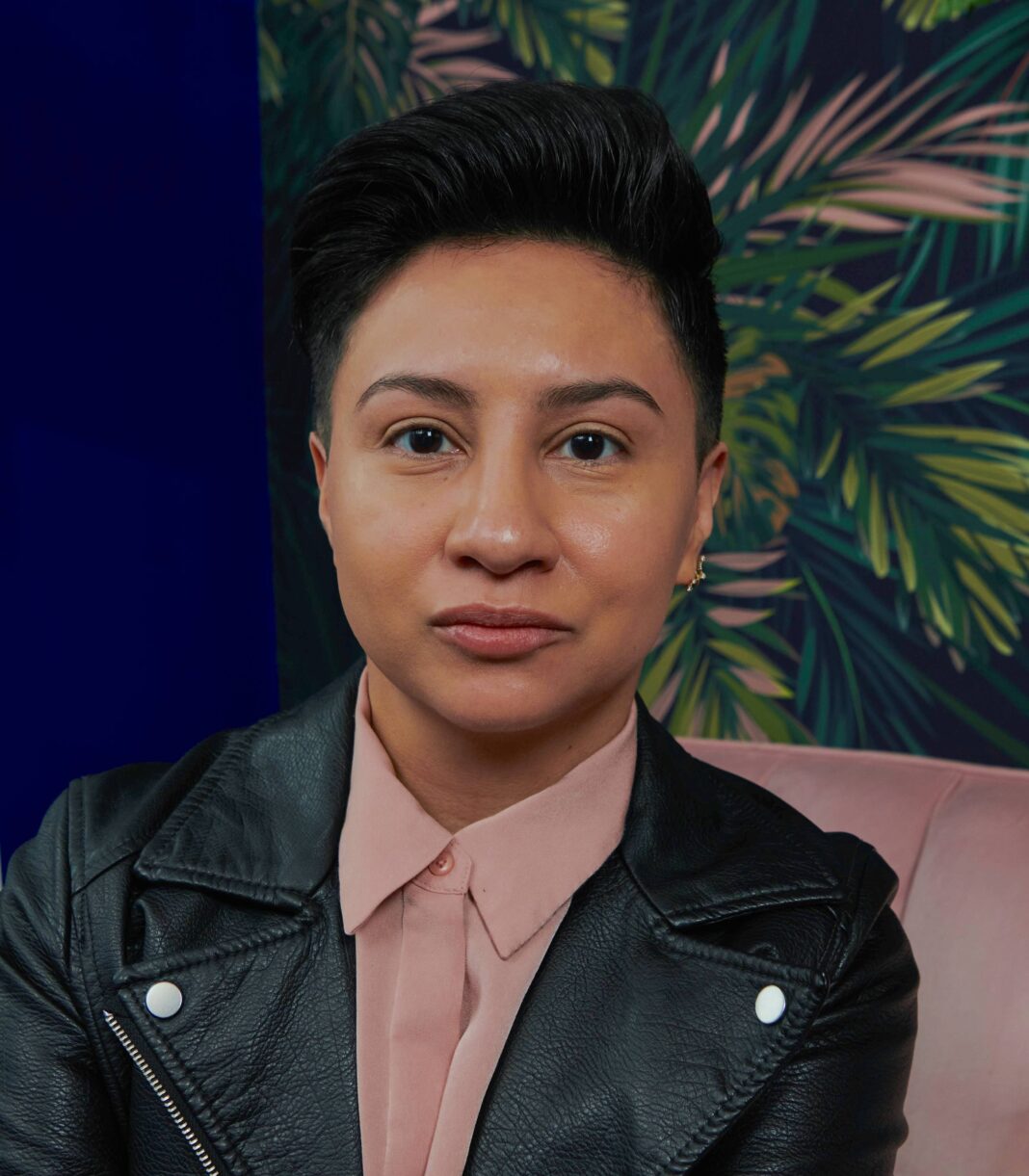Rubani Singh, a non-binary pastry chef working in Mumbai, India, has been thinking of changing the gender marker of various IDs, including their passport. Since a 2014 Supreme Court ruling, options such as “TG” (third gender), “T” (trans) and “O” (other) have been made available on various documents and forms across the country, though the process for using markers that aren’t male or female can be cumbersome and often don’t fit non-binary identities. While Singh is curious about getting a passport with an “O” gender marker, they’re also nervous about adopting something that seems untried.
“It would depend on what country I’m travelling in and how open they are about this,” says Singh, who has travelled to Thailand and Malaysia with a passport marked with the gender they were assigned at birth. “I would do it if I thought it would make things easier.”
With about a dozen countries now officially offering passports with “X,” “O” or other gender-neutral markers, trans and non-binary travellers in these countries are faced with the decision of whether they’re worth getting. It’s not a small number of people who need to decide. In the United States alone, a 2022 study by the Williams Institute at the School of Law at UCLA estimates, extrapolating from requests for non-binary state driver’s licences, that 1.4 percent of the non-binary LGBTQ2S+ population, or 16,700 people, may request passports with an “X” gender marker each year since they became available in October 2021.
First, there’s the question of whether the marker is the right fit for a traveller. The “X” gender marker in, for example, the United States and Canada, can be selected by self-determination and is not defined by a specific gender identity; no additional documents are needed to make the selection. But other countries have fussier policies. India’s policy is considered to mostly target hijra people, a long-established “third gender” category that can include Western identities like intersex, trans and gender non-conforming. The process for a legal name and gender change in India includes, among other obstacles, announcing the change in a newspaper. Germany’s “divers” category was established in 2019 as an option for intersex people, but to use it, a person must provide a doctor’s certificate.
“I might have something that makes me feel comfortable, but does that translate to getting treated better?”
Then there is the uncertainty of how people working at the border controls in other countries will respond to the alternative gender markers. “Given that most countries’ visa applications and many airline systems offer only binary options for identifying sex/gender, the X inevitably leads to incongruency between documents, which can provoke security responses,” states an August 2022 paper published by the U.S.-based Migration Policy Institute. “For many, this has inhibited possibilities for economic- and religious-based travel and migration. And border management systems and agencies have yet to evolve, with the X remaining unknown to many border control agents and passport screeners. Similarly, not all security technologies and computer systems have been updated to include a third gender option.”
While countries that offer “X” passports might be expected to have staff trained to respectfully deal with those carrying them, it may not be the case in most other countries. For example, the Migration Policy Institute reports that “several Pakistani transgender individuals with X passports who applied for a visa to perform the Hajj and Umrah in Saudi Arabia were denied because the visa only includes ‘male’ and ‘female’ options.”
Bani Amor, a non-binary travel writer, consultant and educator based in New York City, says X passports are an important step forward—but they haven’t applied for one yet.
“It’s kind of like outing yourself every time you use it,” says Amor. “I might have something that makes me feel comfortable, but does that translate to getting treated better? Does it change how I’m going to be patted down at security? When you fly, they have the system where they input the honorific or whatever in the computer, and all that stuff is such a part of our culture, and the culture of flying, that I think the X passport is not going to do much for me. I’m glad things are happening, but there’s so much more to go.”
Jessica Drucker, a consultant who helps LGBTQ+ people relocate internationally, says that at some borders, gender markers would be irrelevant; the officer might just look at the photo to make sure the traveller and the document match. But everything depends on the officer’s attitude and how they’ve been trained.
“When you’re face to face individually with that one person who is in charge of letting you in, they have a lot of control. That kind of control can be extremely intimidating,” says Drucker, who identifies as cis female. “Someone like me, being able to pass, it’s an advantage I use very often without even being aware of it. ‘Do you have a boyfriend?’ Simple answer, ‘No, I don’t.’ And you keep going. But when you have an X on your passport, there is the perception that now you must either explain it, and have the language to explain it, or just hope that person won’t use their power to do something like conduct a search.”
At the same time, if the passports are going to be more widely accepted, some travellers are going to have to use them. “The first wave of people who might be using these passports, they’re kind of the trailblazers, people who are going to put themselves out there to help make this more mainstream,” says Drucker.


